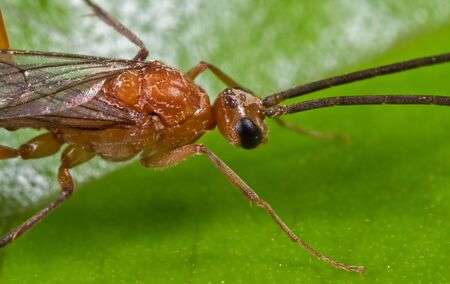
Flying Ant Bites: A Comprehensive Guide
Have you ever been out for a picnic or a barbecue, only to be interrupted by the sudden sting of a flying ant? If so, you’re not alone. Flying ants, also known as “flying termites” or “swarmers,” are a common occurrence during the warmer months. While they may seem harmless, their bites can be quite painful and can lead to allergic reactions in some individuals. In this article, we’ll delve into the details of flying ant bites, including their causes, symptoms, treatment, and prevention methods.
Understanding Flying Ants

Flying ants are the reproductive members of ant colonies. They are born during the warm months and are responsible for starting new colonies. These ants have wings, which allow them to fly and disperse to new locations. While most flying ants are harmless, some species can be quite aggressive and may bite if threatened.
Here’s a brief overview of the most common flying ant species:
| Species | Description |
|---|---|
| Common Black Garden Ant | Black with a red-brown abdomen, these ants are often found in gardens and around homes. |
| Red Imported Fire Ant | Red with a dark red-brown abdomen, these ants are known for their aggressive behavior and painful bites. |
| Little Fire Ant | Small, red ants with a dark red-brown abdomen, these ants are native to South America and have been introduced to other parts of the world. |
Causes of Flying Ant Bites

Flying ant bites occur when these insects feel threatened or are accidentally stepped on. When a flying ant is disturbed, it may attempt to bite as a defense mechanism. While the bite itself is usually not harmful, it can be quite painful, especially if you’re allergic to the venom.
Symptoms of Flying Ant Bites

The symptoms of a flying ant bite can vary from person to person. Here are some common signs:
- Painful, burning sensation at the bite site
- Redness and swelling
- Itching
- Inflammation
- In severe cases, allergic reactions such as difficulty breathing, hives, or anaphylaxis
Treatment of Flying Ant Bites
Most flying ant bites can be treated at home with simple first aid measures. Here are some tips:
- Clean the bite area with soap and water to prevent infection.
- Apply a cold compress to reduce swelling and pain.
- Take an over-the-counter pain reliever, such as ibuprofen or acetaminophen, to alleviate discomfort.
- Apply a hydrocortisone cream to reduce itching and inflammation.
In cases of severe allergic reactions, it’s crucial to seek medical attention immediately. An epinephrine auto-injector may be necessary to prevent anaphylaxis.
Preventing Flying Ant Bites
Preventing flying ant bites involves both eliminating their nesting sites and taking precautions when you’re outdoors. Here are some tips:
- Seal cracks and crevices around your home to prevent ants from entering.
- Keep garbage bins tightly sealed and remove them regularly.
- Trim trees and shrubs away from your home to eliminate nesting sites.
- When outdoors, wear long sleeves and pants to protect your skin.
- Be cautious when walking through areas where flying ants are present.
By understanding the causes, symptoms, treatment, and prevention methods of flying ant bites, you can better protect yourself and your loved ones from these pesky insects. Remember, while most flying ant bites are harmless, it’s always better to be prepared and take the necessary precautions.



